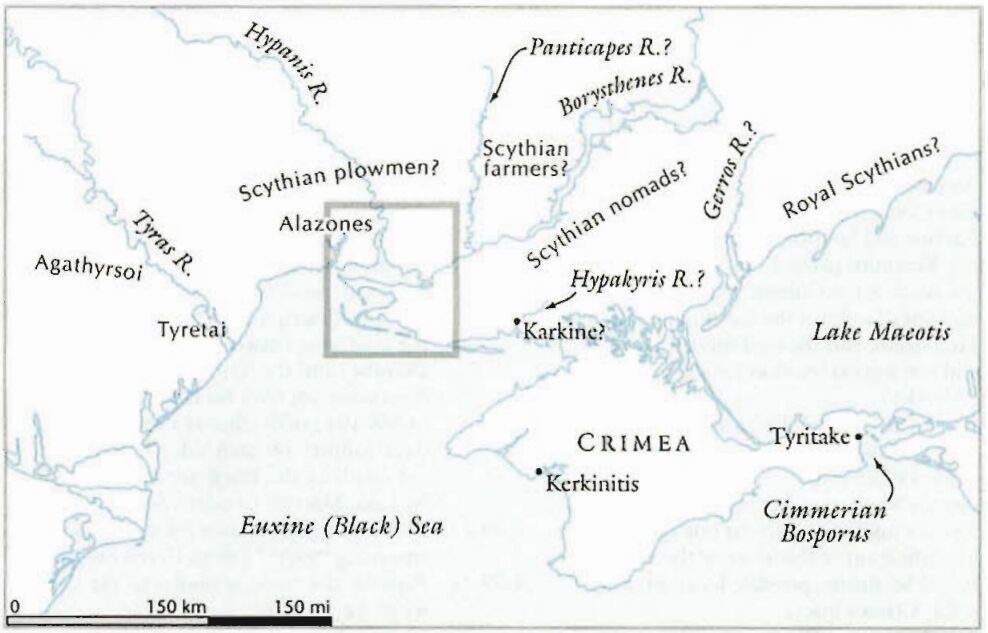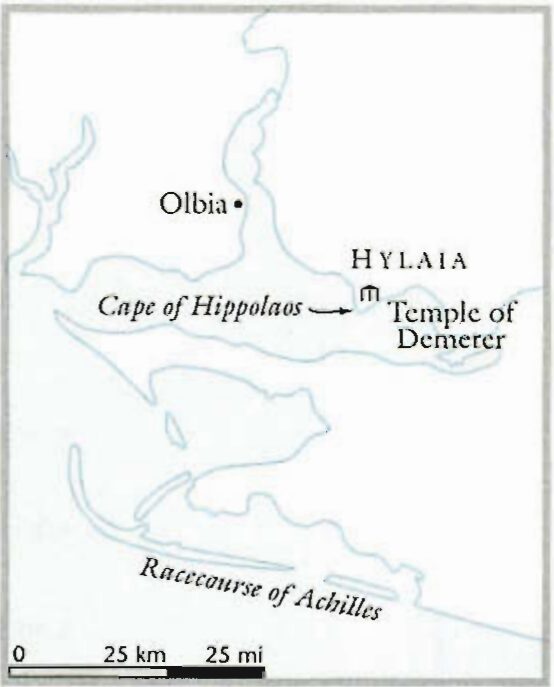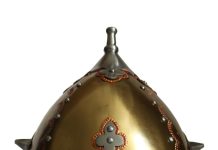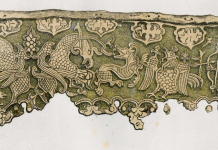The fourth river is the Borysthenes, which is the largest after the Ister [Danube], and in our opinion the most productive, not only of Scythian rivers, but of all others as well—except of course for the Egyptian Nile, to which no other river can really be compared. But of all the rest, the Borysthenes is most productive. It supplies the herds with the most beautiful and nurturing pastures and also provides by far the best and most numerous fish; its water is the sweetest for drinking and flows clear alongside others that are muddy; the seeds sown beside its waters grow the best, and where no seed is sown, the wild grass grows most thickly. Salt deposits build up by themselves in abundant amounts at its mouth. And then there are the enormous invertebrate fish called antakaioi [a type of sturgeon], which are salted, and many other wondrous products from this river as well. Now, the course of the river is known up to the land of the Gerroi (a forty-day journey upstream to the north), but no one can describe the regions through which it flows above that point. It is clear, however, that it runs through an uninhabited region before entering the territory of the Scythian farmers, who inhabit an area along the river for a ten-day journey. Only this river and the Nile have sources which I cannot identify, but I don’t believe any other Hellene can do so, either. When the Borysthenes nears the sea, the Hypanis [Bug] River joins it and then both empty into the same marsh. Between these rivers lies a promontory called the Cape of Hippolaos on which a sanctuary of Demeter has been built. The Borysthenites have established their settlement on the other side of the Hypanis, opposite the sanctuary. [Herodotus, 4.57]
“Royal Scythia, Greece, Kyiv Rus” book has little-known facts about the events that took place in the area of present-day Ukraine during the times of Herodotus.











